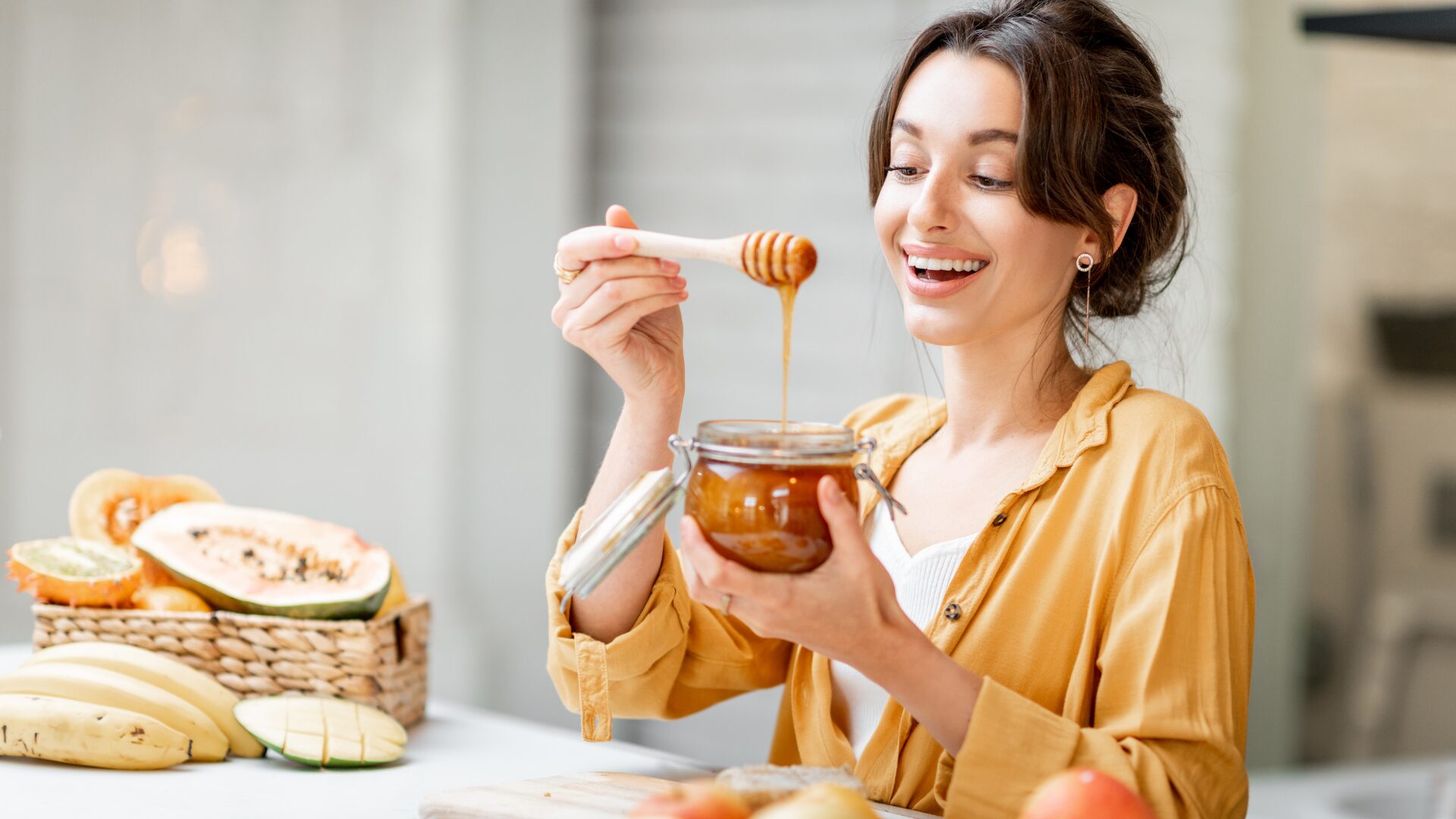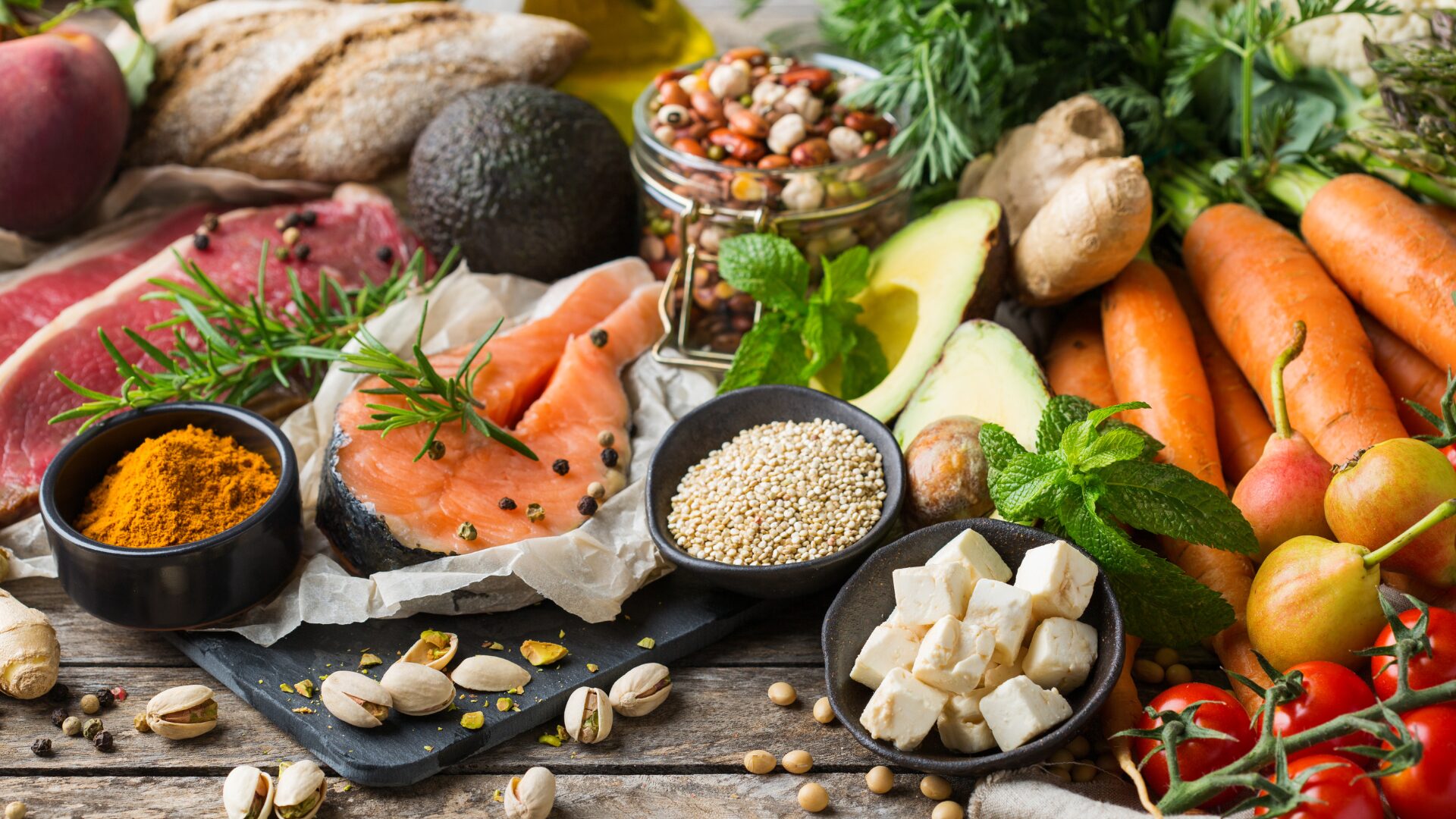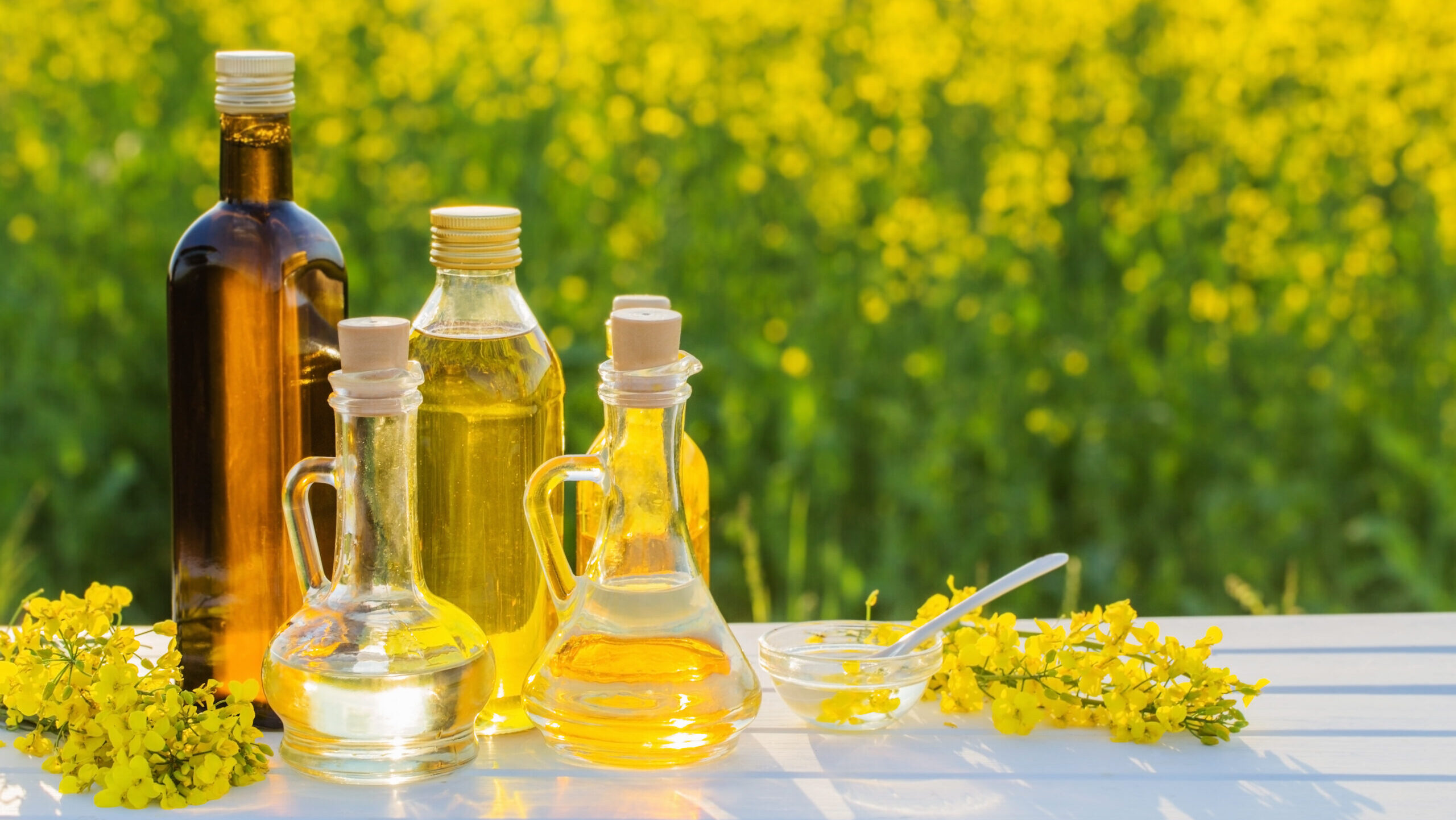An herbal supplement new to many consumers is beginning to sweep through Western culture, yet the Indian herb has been used for thousands of years around the world – ashwagandha.
Otherwise known as winter cherry, ashwagandha is an evergreen shrub in the nightshade family that grows in the Middle East, parts of Africa, and India. Its root powder has been used for centuries in traditional Indian medicine. Its Latin species name is withania somnifera; somnifera means “sleep-inducing” and offers the first glimpse of some of the reported benefits of the Indian herb.
“Ashwagandha is definitely gaining popularity,” said Poorvi Chordia, a physician tea sommelier and co-founder of Herbs & Kettles, an Indian premium tea company, to The Food Institute.
Chordia notes that the quickfire pace of today’s world coupled with increased instances of stress, anxiety, and fatigue means more people are seeking natural components to augment their overall health and well-being in all its forms; though not clinically verified, many have found that sipping ashwagandha in tea form or taking it as an oral supplement helps regulate and balance adrenal hormones, which can help reduce stress and anxiety.
“[Ashwagandha] is also caffeine-free as compared to Yerba mate, and so can be taken in the evening to de-stress and promote good sleep,” Chordia added.
Like Yerba mate (an Argentinian root long popular for many similar reasons), “ashwagandha is growing as a household name in the supplemental regiment of many looking to combat daily stress,” said Sarah Herrington, MS, CNC, CPT, and a nutritionist and personal trainer.
“Ashwagandha is known mainly to reduce stress, but it has additional benefits as well, including being anti-inflammatory, anti-rheumatic, acting as an antioxidant, and it even displays immune-modulating and anti-tumorigenic properties.”
Herrington says that in the context of stress, ashwagandha can help restore the nervous system and promote feelings of well-being and mental clarity.
“This is why it is gaining so much momentum as a go-to botanical for improving symptoms of burn out or fatigue. Ashwagandha is adaptogenic, meaning it works over time, so users won’t experience the full effects of it until about a month of regular use. This differs from something like l-theanine, which works more acutely for combating stress.”
Herrington advised that the herb is best taken in the evening and at a consistent dosage to experience its full effects. She also noted that those taking other CNS depressants and/or anxiety, sleep, or anti-seizure medications should check with their healthcare provider before trying it.
And more people are trying it – according to recent data from Brightfield Group, reported ashwagandha use from American consumers rose from 1.8% to 3.9% from 2020 – 2022 and is most popular among millennials and Gen X:
Mentions on social media have also risen by 2.24% year-over-year with emphasis on focus, relaxation, and sleep, and more specifically, arthritis, celiac disease, inflammation, and perimenopause (Brightfield Group; Ashwagandha Social Listening; Q3 2022 – Q3 2023).
“At a time when people are busier, more distracted, and more stressed than ever, ashwagandha is an ideal ingredient to support emotional well-being,” said Dan Freed, CEO of supplement company Thesis.
“Ashwagandha is an adaptogen that helps to modulate our body’s stress response to cortisol,” he added. “This non-sedating modulation supports emotional wellbeing, improves cognitive health and sleep, and promotes feeling calm.”
Freed echoed much of what is available regarding the ideal individual doses of ashwagandha – they differ for everyone, and like most adaptogens, it takes time to experience its full effect.
“The optimum dosage of ashwagandha depends on the quality extract, intended usage, and desired benefit. The primary biologically active chemical constituent in ashwagandha is withanolide glycosides; there is a large variance in how much of the active component is found in different ashwagandha extracts, depending on plant genetics, how the plant is harvested, what part of the plant is used, and how it is extracted. Generally, it is important to get at least 15 mgs of withanolides to receive the benefits of ashwagandha.”
As the adaptogenic, nootropic, and no/low alcohol movements continue to power consumers, ashwagandha – like Yerba mate and l-theanine, as Chordia and Herrington noted – is beginning to appear in many brands’ better-for-you offerings.
“The industry is ripe for disruption as demand for flavorful, non-alcoholic drinks is on the rise, but current options like excessively sweet mocktails, bland waters, and near-beers are disconnected from what today’s adult drinkers want,” said Phil Rosse, president, Mark Anthony Brands Inc., in a recent article in Food Business News.
The Food Institute Podcast
It appears plant-based products have hit a bit of a lull in the U.S., but what’s next for the sector on the whole? David Benzaquen of Mission: Plant and Moonshot Collaborative breaks down the demographics of plant-based eating, common health attributes consumers are looking for, and where the sector could be headed in the future.












